How to Connect Your Soundbar to a PC via Bluetooth or HDMI
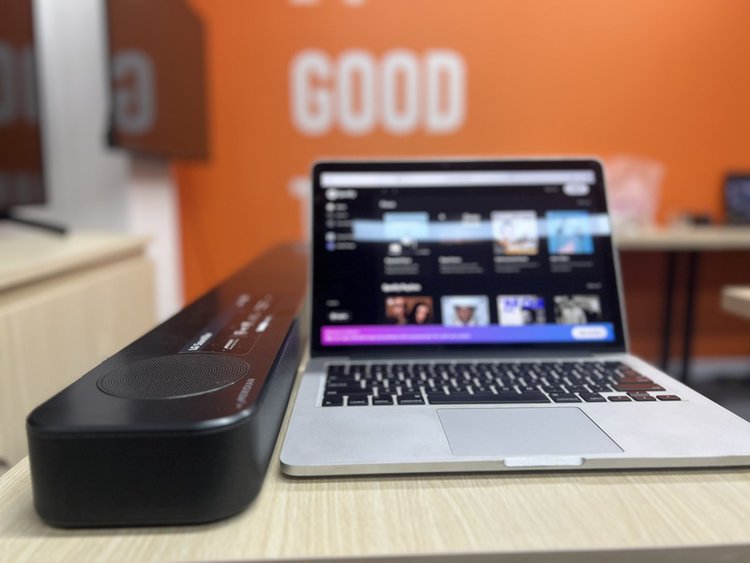
What To Know
- To connect via Bluetooth: Activate the soundbar’s Bluetooth mode > Open your PC’s Bluetooth settings > Select the soundbar from the device list.
- To connect via HDMI port: Insert the HDMI cable into both the PC’s HDMI port and the soundbar’s HDMI IN port > Set the soundbar to the HDMI input setting.
- To connect via AUX or optical port: Link the respective cable to both the PC’s and soundbar’s ports > Switch to the AUX or Optical input option on the soundbar.
Trying to pair your soundbar with your PC or laptop for an audio upgrade?
This succinct guide will help you connect your device, whether via HDMI for seamless high-definition sound or Bluetooth for wireless convenience, without the usual hassle.
Quick Navigation
Via Bluetooth
Using Bluetooth is one of the simplest ways to connect your soundbar to your computer. Bluetooth allows you to easily connect various devices, such as speakers, headphones, and more, to your phone or computer.
Most newer computers are Bluetooth-enabled. Some will require a Bluetooth adapter, which we’ll discuss below.
To get your soundbar connected, follow these steps:
Windows OS
1. First, turn on your soundbar and make it discoverable by switching it to the Bluetooth (BT) setting. This will allow your PC or laptop to detect the soundbar.
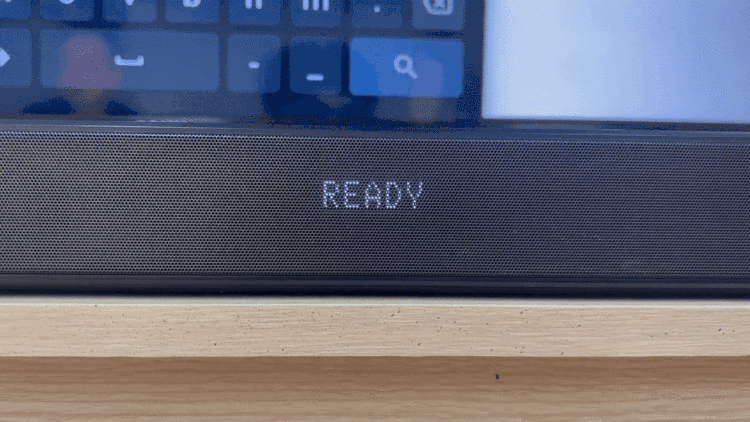
2. Click on the Start button on your computer’s taskbar and go to Settings, then select Bluetooth & Devices.
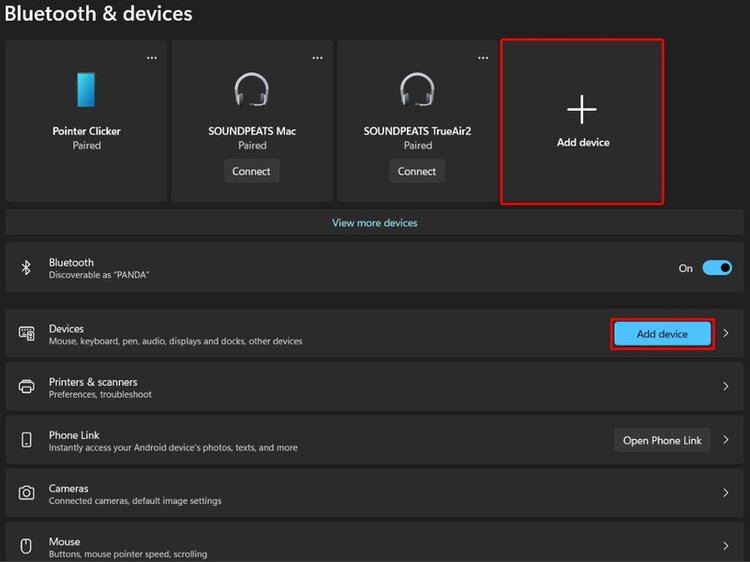
3. Change the Bluetooth setting to “on”, then choose Add Device. A menu will pop up.
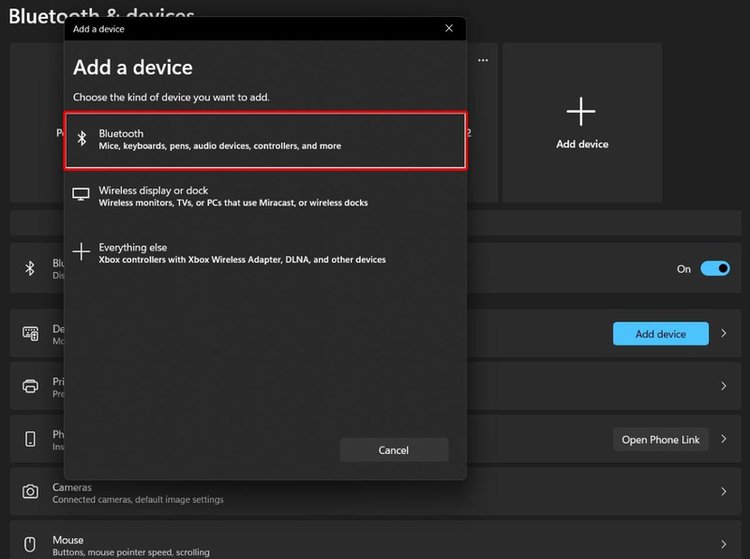
4. Select the Bluetooth option from the menu, find your soundbar, and click on it to connect it to your laptop.
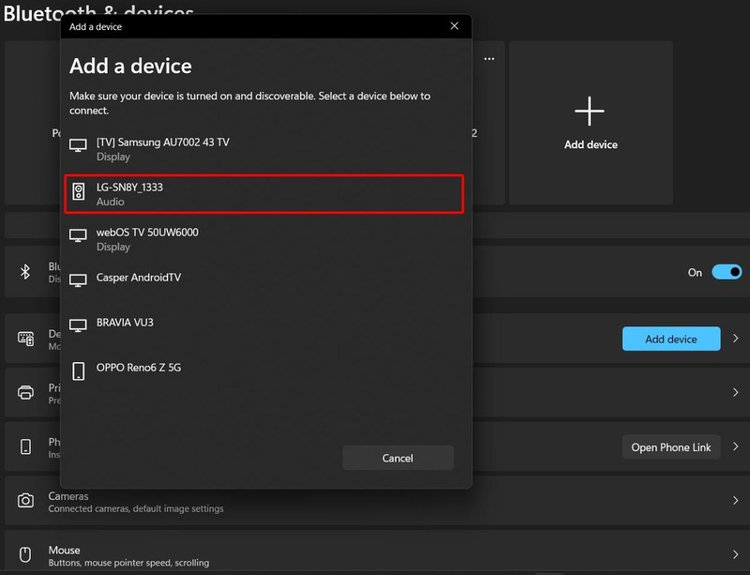
5. Alternatively, you can connect to your soundbar via Quick Settings. On your taskbar, click on the Network, Sound, and Battery symbols. Select Bluetooth from the menu, turn it on, and select your soundbar to connect it to the computer.
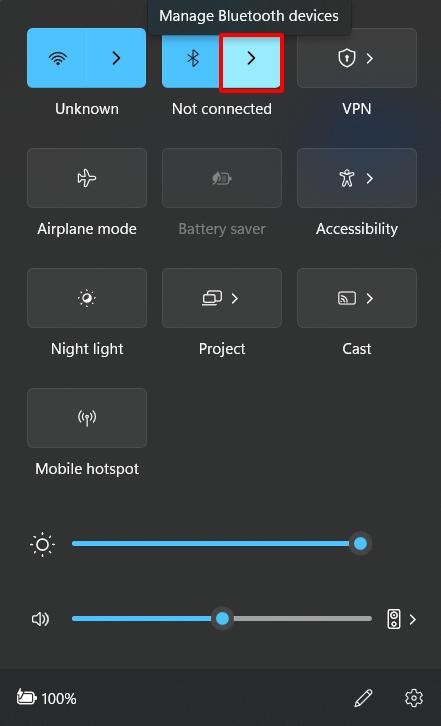
Mac OS
1. Turn on the soundbar and make it discoverable by switching it to the BT setting. This will allow your Mac to detect the soundbar.
2. Click on the Apple Menu and select System Settings. A sidebar will pop up.
3. Scroll through the settings on the sidebar until you find the Bluetooth icon and click on it. A list of devices will appear.
4. Hold the arrow over your soundbar until a list of options appears, then choose Connect.
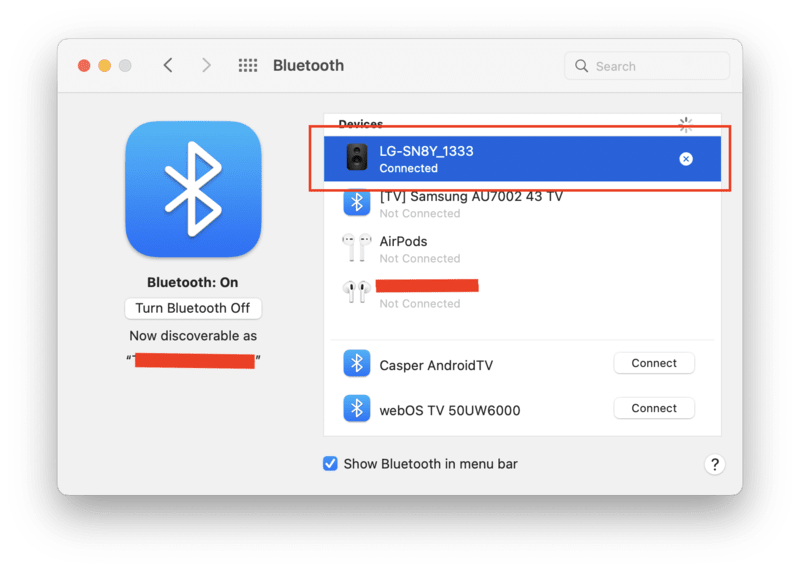
5. Alternatively, find the Bluetooth option in the menu bar, bring up the list of connectable devices, and select your soundbar from the list.
Bluetooth Adapter
Some older computers are not automatically Bluetooth-enabled. You can still connect Bluetooth devices to these types of computers, but you will need to follow an extra step.
For non-Bluetooth PCs or laptops, you will need a Bluetooth adapter, such as the TP-Link USB Bluetooth Adapter (available for Windows only).
Simply plug in the adapter to your computer’s USB-A port and the Bluetooth options should appear in your settings. From there, follow the steps outlined above to connect your soundbar to the computer.
If you still cannot connect via Bluetooth after plugging in the adapter, you may need to use a driver updater tool or contact the manufacturer for more specific instructions on installing the Bluetooth driver.
Via AUX Ports
You can also connect your soundbar to your computer using auxiliary (AUX) ports. These are the 3.5mm audio jacks used for plugging in speakers or headphones.
Follow the steps below.
- You’ll need a 3.5mm cable, such as the Syncwire 3.5mm Aux Cable .
- Plug one end into your computer’s AUX port, and plug the other end into the corresponding port on your soundbar.
- The soundbar may switch automatically to AUX; if it doesn’t, you can manually change it to this setting.
Via HDMI Ports
An HDMI cable, like this one from Amazon Basics , will also enable you to connect your soundbar to your laptop. HDMI cables are fairly inexpensive and versatile, so you may already have one laying around your house.
To connect your soundbar using via the HDMI ports, follow these steps:
1. On your laptop or PC, locate the port labeled HDMI. Plug one end of the cable into this port.
2. On the soundbar, you will see two similar-looking ports; one is labeled HDMI IN and the other is HDMI OUT. Plug the other end of the cable into the HDMI IN port. This will allow the soundbar to receive input from the computer.
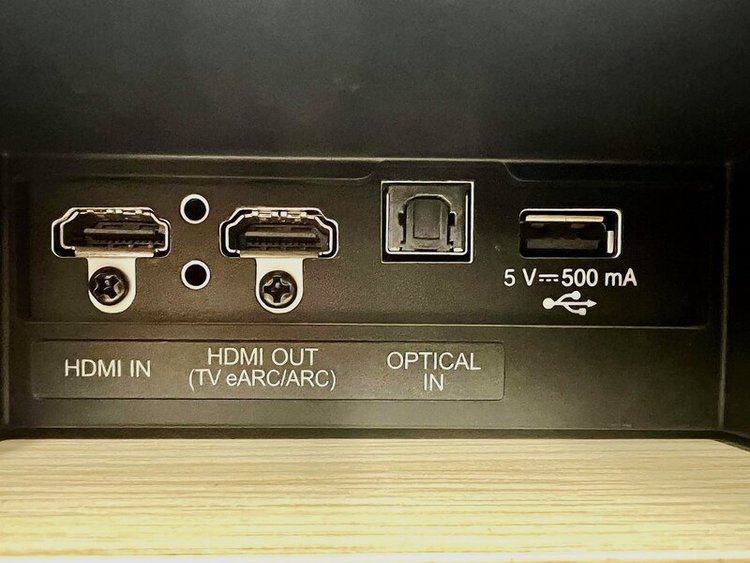
3. The soundbar may automatically detect the connection; if you need to switch it manually, change it to the HDMI setting.
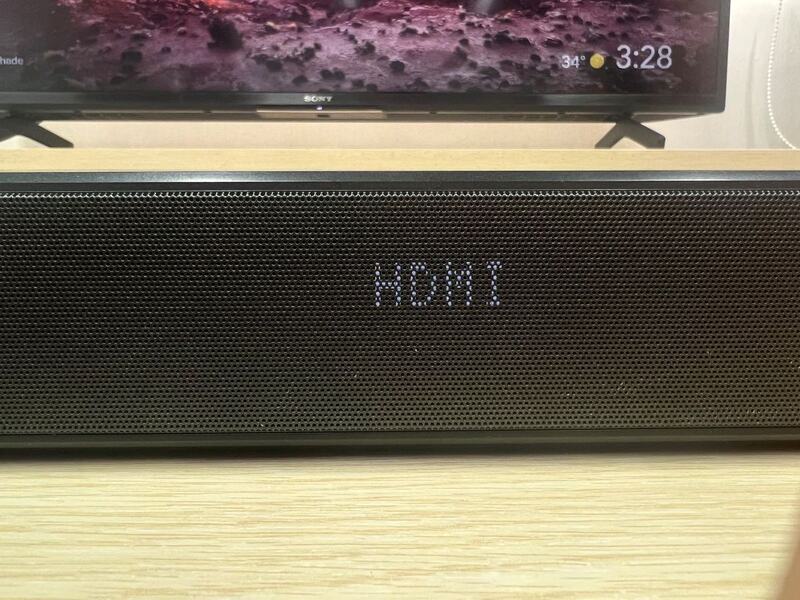
Via Optical Ports
Some computers may have an optical port, also known as an S/PDIF port. This is pretty rare, but sometimes newer or more expensive computers have this option.
If you want to hook up your soundbar using optical ports and cables, follow these steps:
- Select your optical cable. If you don’t have one already, you could find one online such as this WARRKY 6ft Optical Cable .
- Plug one end of the cable into the S/PDIF port on your computer or laptop.
- Plug the other end into the corresponding port on your soundbar.
- In your soundbar’s connection settings, switch the connection to the OPT (optical) option.
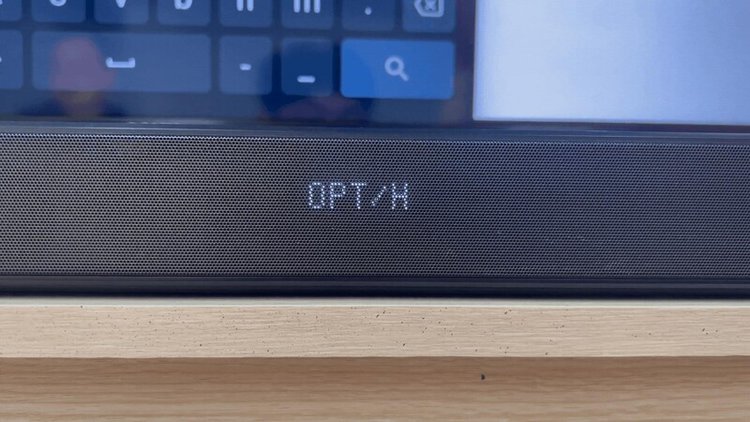
Following any of the methods above, you may need to check your computer’s audio settings if you don’t hear any sound at first. Check to make sure everything is turned up and that the soundbar is turned on and properly connected.
And that’s it! You’re ready to enjoy better sound quality from your PC or laptop.


